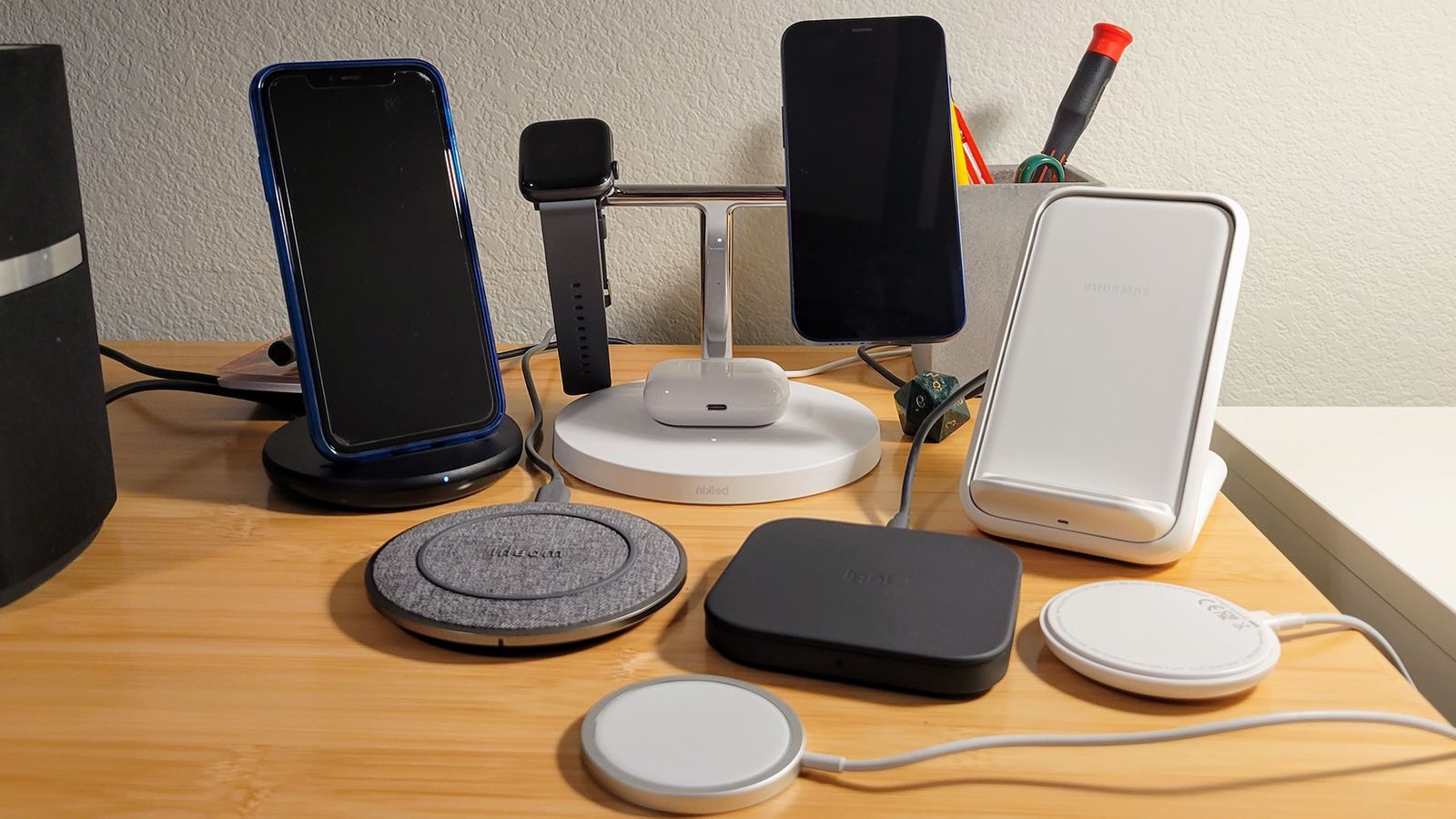
Wireless charging has become a game-changer in how we power our devices. But what exactly makes it so special? Wireless charging uses electromagnetic fields to transfer energy between two objects, usually a charging pad and a device. This means no more tangled cords or worn-out cables. It's convenient, efficient, and increasingly popular. From smartphones to electric cars, this technology is reshaping our daily lives. But how much do you really know about it? Here are 29 fascinating facts that will give you a deeper understanding of this modern marvel. Whether you're a tech enthusiast or just curious, these insights will keep you plugged in—without the wires!
Key Takeaways:
- Wireless charging, also known as inductive charging, uses electromagnetic fields to charge devices without a physical connection. It offers convenience, durability, safety, and universal compatibility, making it a promising technology for the future.
- The future of wireless charging holds exciting possibilities, including long-distance charging, higher efficiency, integration with furniture, and seamless charging experiences in smart homes. These advancements could revolutionize how we power our electronic devices.
What is Wireless Charging?
Wireless charging, also known as inductive charging, allows devices to be charged without a physical connection. This technology uses electromagnetic fields to transfer energy between two objects.
- Wireless charging was first demonstrated by Nikola Tesla in the late 19th century.
- Qi (pronounced "chee") is the most widely adopted wireless charging standard, developed by the Wireless Power Consortium.
- Inductive charging works by creating a magnetic field between a charging pad and a device equipped with a receiver coil.
- Resonant charging is another method, allowing devices to be charged at a greater distance from the charger.
- Magnetic resonance can charge multiple devices simultaneously, unlike inductive charging which typically charges one device at a time.
Benefits of Wireless Charging
Wireless charging offers several advantages over traditional wired methods. Here are some key benefits:
- Convenience is a major benefit, eliminating the need for cables and connectors.
- Durability improves as there are no physical connectors that can wear out over time.
- Safety is enhanced because there are no exposed electrical connectors, reducing the risk of electric shock.
- Waterproofing is easier to achieve in devices without charging ports.
- Universal compatibility is possible with standards like Qi, allowing different devices to use the same charger.
How Wireless Charging Works
Understanding the mechanics behind wireless charging can be fascinating. Here's a breakdown:
- Electromagnetic induction is the principle behind wireless charging, discovered by Michael Faraday.
- Primary and secondary coils are used; the primary coil is in the charger, and the secondary coil is in the device.
- Alternating current (AC) in the primary coil creates a magnetic field, which induces a current in the secondary coil.
- Rectifiers convert the induced AC into direct current (DC) to charge the device's battery.
- Efficiency of wireless charging is generally lower than wired charging, often around 70-80%.
Types of Wireless Charging
There are various types of wireless charging technologies, each with unique features:
- Inductive charging is the most common, used in devices like smartphones and electric toothbrushes.
- Resonant charging allows for greater distances between the charger and the device.
- Radio frequency (RF) charging uses radio waves to transfer energy, suitable for low-power devices.
- Laser charging is an emerging technology that uses laser beams to charge devices over long distances.
- Ultrasound charging employs sound waves to transfer energy, still in experimental stages.
Wireless Charging in Everyday Life
Wireless charging is becoming more prevalent in various applications. Here are some examples:
- Smartphones are the most common devices that use wireless charging.
- Wearables like smartwatches and fitness trackers often feature wireless charging.
- Electric vehicles (EVs) are starting to adopt wireless charging for more convenient recharging.
- Medical devices such as hearing aids and implants benefit from wireless charging for ease of use.
- Public places like airports, cafes, and hotels increasingly offer wireless charging stations.
Future of Wireless Charging
The future of wireless charging looks promising with ongoing advancements. Here are some exciting possibilities:
- Long-distance charging could become a reality, allowing devices to charge from several meters away.
- Higher efficiency is being researched to make wireless charging as fast as wired methods.
- Integration with furniture is a growing trend, with charging pads built into desks and tables.
- Smart homes may feature wireless charging for all electronic devices, creating a seamless charging experience.
The Future of Wireless Charging
Wireless charging is more than just a cool tech trick. It’s changing how we power up our gadgets. From the convenience of not dealing with tangled cords to the potential for charging multiple devices at once, it’s clear why this technology is gaining traction. As more companies adopt and improve it, we’ll likely see even faster and more efficient charging solutions. Imagine a world where your phone, smartwatch, and earbuds all charge together on one pad. That’s not far off. Plus, with advancements like longer-range charging, the possibilities are endless. So, keep an eye out for new developments. Wireless charging is here to stay, and it’s only going to get better. Embrace the change and enjoy the freedom it brings.
Frequently Asked Questions
Was this page helpful?
Our commitment to delivering trustworthy and engaging content is at the heart of what we do. Each fact on our site is contributed by real users like you, bringing a wealth of diverse insights and information. To ensure the highest standards of accuracy and reliability, our dedicated editors meticulously review each submission. This process guarantees that the facts we share are not only fascinating but also credible. Trust in our commitment to quality and authenticity as you explore and learn with us.


